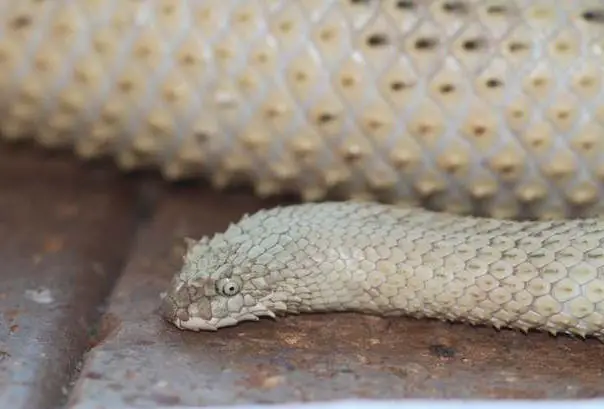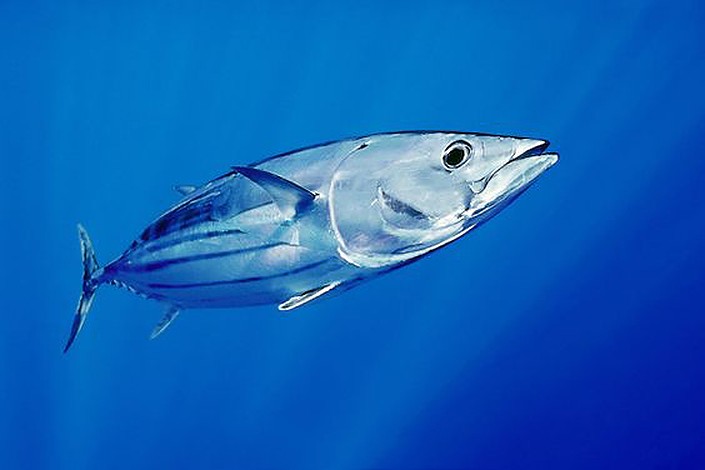File snakes are the snake species that can be abundantly seen in the south and southeast Asian shallow seas and onshore regions. They belong to the particular snake family of Acrochordidae family. At present, three species have been identified, and one species has been extinct. File snakes are scientifically known as Acrochordus granulatus. The other members of the Acrochordidae family members are Wart snakes, Java wart snakes, Elephant trunk snakes, and Dogface snakes. These Acrochordidae family members are one of the primitive groups of sea snakes. Acrochordus granulatus is the smallest member of the Acrochordidae family. In the fishery industry, these snakes caught to the nests and were often killed by fishermen. Therefore, most of them die inside the fishing boats. However, in some countries, these snakes are consumed as food. Fishermen called them “Mud warm.” Because their body features are like a mud warm.
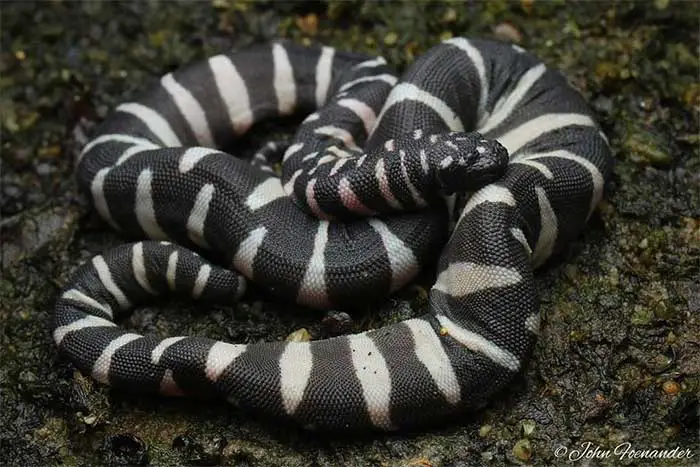
Behavior of the File snakes
Generally, File snakes are nocturnal. They have evolved to live in a wide range of saltwater due to having sublingual salt glands. These snakes have adapted to the aquatic environment. Since they have adapted to live in aquatic environments, these snakes’ nostrils can be closed by cartilaginous lamella. File snake’s blood volume is doubled than of the typical snakes. They can spend more time in the water because of having a high density of red blood cells in their blood. Their hemoglobin in the red blood cells has a vast affinity for oxygen. These snakes live associated with the lagoons, estuary lands, and Mangrove forest systems. However, these snakes have been identified at the 20 meters of depth in the Ocean. During the low tidal period, these snakes can be seen in the shallow sea’s mud deposits.
Diet pattern
Basically, they prey on lagoon fish as their primary food source. However, there are some occasions that, sometimes, they consume crustaceans like crabs. When File snakes are hunting, they grab prey tightly from their rough body and then swallow it. When considering their dietary pattern, female organisms tend to hide and beat their prey while males follow and hunt their prey. They have a low metabolic rate in their body.
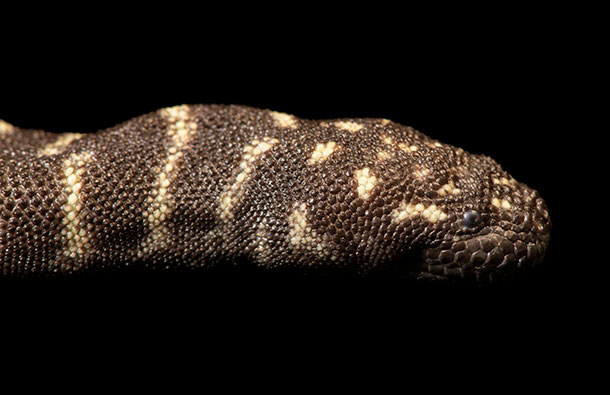
Reproduction of the File snakes
These organisms show ovoviviparity in their reproduction. At one time, they breed about 4 -12 cubs. The main threat of File snakes that they have to face is fisherman killed them when fishers encountered in the fishing areas associating with the lagoon. Someone trapped in the fishing nets and died widely. According to the Red data book, File snakes are considered a vulnerable species.
External Appearance
File snakes have medium size body. They usually grow about 122cm long. But it is a rare opportunity to find more than 90cm long snakes. Newborn ones are about 22-34cm long. A fatty and elongated body has covered with skin like a rough cloth. Wrinkles of their skin can be observed in bending areas of their body. Even though their tail gradually becomes skinny, both sides are showing the relatively flattened shape.
The body color of the cubs is bright, while mature snakes have a light color body with faded patches. There are black and white color cross lines around their body. White color lines are dorsally narrow, and black color lines are dorsally broad. Some male individuals have orange color in their bodies. The head of the File snake has not clearly separated from the neck. Large size round shape nostrils can be seen on the edge of the muzzle. White color patches exist on the dorsal side of their head.
Scab pattern
The middle part of the body has 100- 150 rows of crosswise scabs. Body scabs have small size nodules, and there are small blunt carinal of them. It appears the small pyramidical projection on each scab. The muzzle’s scabs are large than the scabs, which are located on the dorsal side of the head. Rostral scabs are absent on the body. There are about 14-22 upper lip scabs. However, no clearly appeared ventral scabs. There is a ridge like a groove in the middle of the abdomen that can be seen from the neck to the tail. About 8 -11 number of scabs are located around the eye and between the eyes.
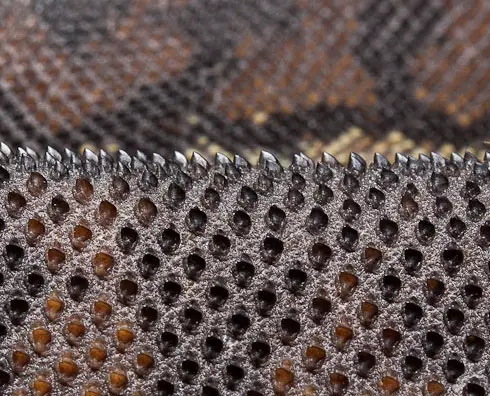
Idenification of File snakes
File snakes are similar in appearance to the venomous sea snakes. However, the flattened tail of the sea snakes appearing like a paddle help them differentiate from the territory snakes. The availability of fewer scab rows, relatively large amounts of scabs and loose and baggy cloth-like skin helps them distinguish from the other Sea snakes.
Distribution
These File snakes have abundantly distributed associated with lagoon areas and estuary lands. And also, they have reported several distance offshore areas from the shallow sea. Generally, these snakes are living in South East Asia and Australia.
Human and File snakes
This is a non-venomous snake. These snakes are drowsy and inactive species. Usually, they do not attempt to bite animals except predators. However, the members of the family Acrochordidae are becoming rare species at a rapid rate. Because their skins use for making leather products like shoes, handbags, belts, etc.. The presence of stripped scales on the skin has generated a high market value for leather products of this File snakes. Aborigine Australians hunt and collet this File snakes for use as their foods. This happen mostly at the end of the Australian dry season. Because water levels become very low at the end of the dry season and easiest to find these snakes.

Special facts
- The organism has the highest amount of oxygen in blood among the Ocean living reptiles.
- The widely distributed and smallest species in the Acrochordus genus.
- Zoologist has suggested that another aquatic snake species of Acrochordus arafurae is a homogeneous species of File snakes who breeding through the parthenogenesis, this species may also has the same breeding ability.
- If you touch a File snake, you may be susceptible to a skin infection.
- Rough scabs on their body help for grab and tightly hold the slippery fish like eels.
- They are sexually divergent. Which means female snakes are slightly larger than the male one.
- After taking a breath from the above water level, they can remain submerged for more than one hour. (Maximum recorded 2 hours and 20 minutes).


